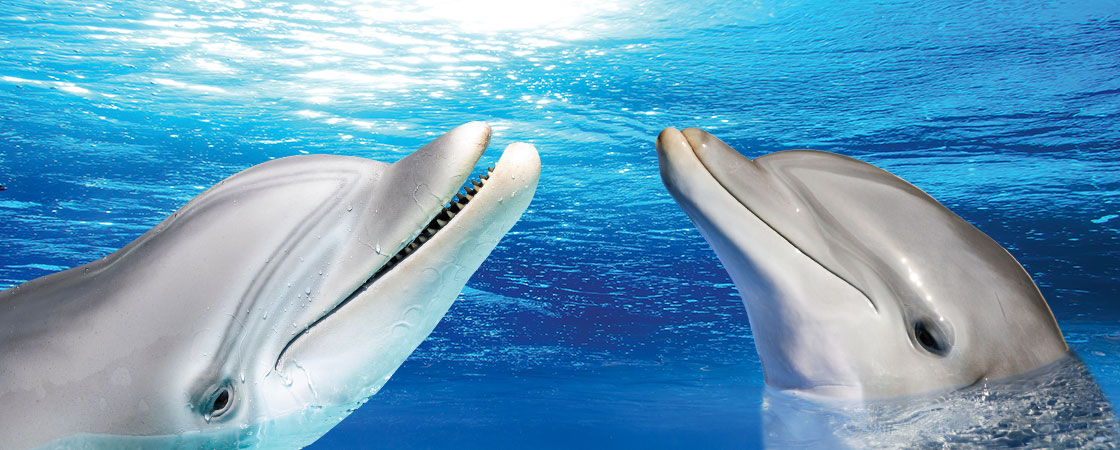There are dozens of dolphin species living in waters around the world. Dolphins range in size from the 5-foot-long Maui dolphin to the orca, which can grow up to 32 feet. These remarkable mammals navigate the sea with echolocation: They emit sounds that travel through the water, then they listen for those sounds to bounce off other creatures and objects. In this way, dolphins know the size, shape, and location of objects around them. (Think of it like seeing with your ears.)
Scientists believe that dolphins are among the most intelligent creatures on the planet. They can recognize themselves in a mirror and use tools to catch their prey, and they seem to have a strong ability to remember, solve problems, and communicate. What’s more, their brains can process complex emotions. They show empathy and mourn their dead.
So perhaps it’s no surprise that dolphins have always fascinated and delighted us. In fact, in some cultures, seeing a dolphin has long been considered a sign of good luck. But for most of human history, unless you were a sailor or a fisherman, you probably would not have had an opportunity to see a dolphin up close.
That began to change in the late 1800s, when people started capturing dolphins in the wild and selling them to aquariums in Europe and the United States. Visitors loved watching the animals swim and play. Soon, dolphins were being trained to perform tricks, dazzling audiences with their ability to leap and flip high in the air before splashing back down into the water.

